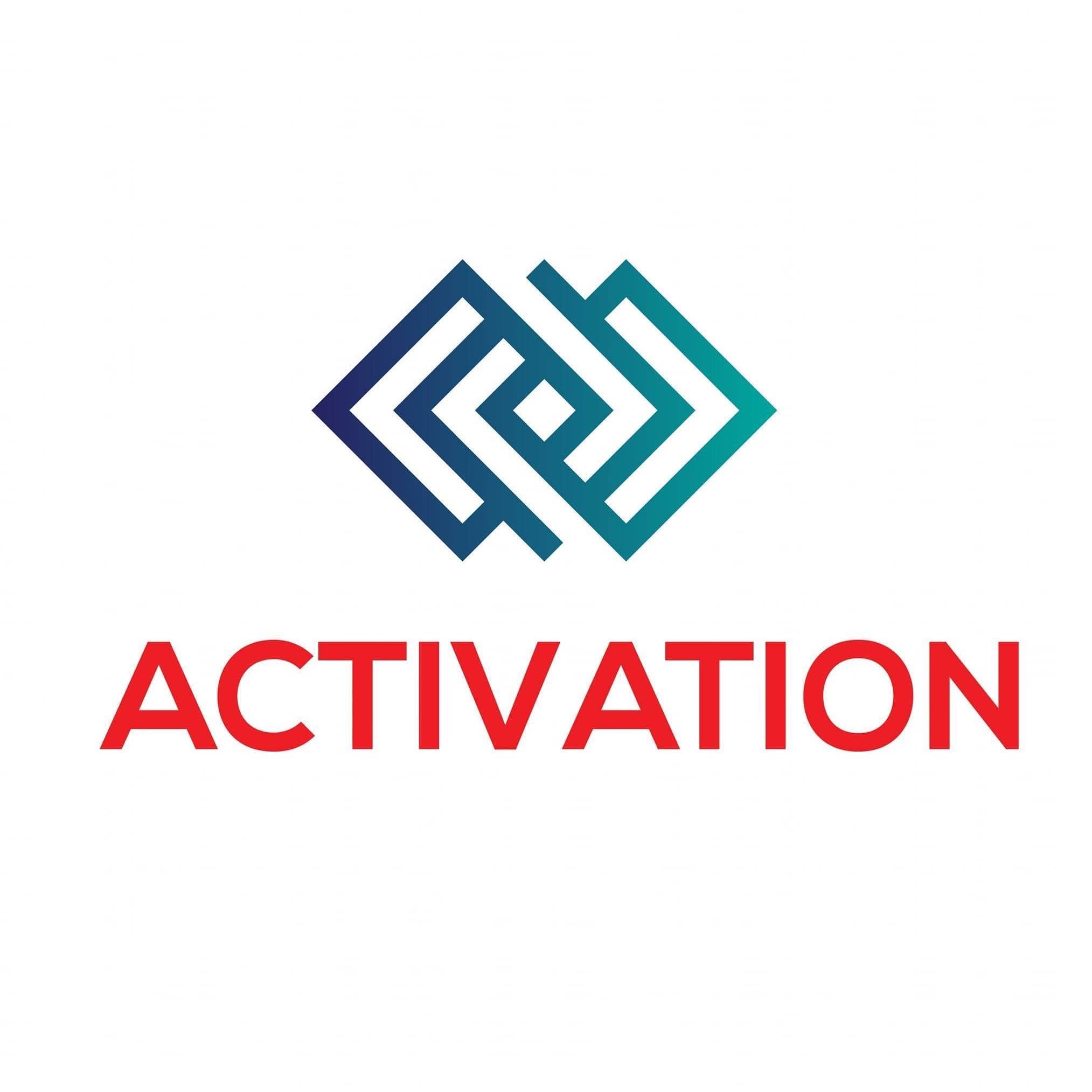SaaS focused on Content?
Must have 3 Activation metrics to monitor:
WHAT is Activation metrics?
Activation metrics measure how effectively your brand engages its users after first interaction. This determines whether users are reaching key milestones that indicate they're finding value. Monitored milestones can be: completing a tutorial; using a feature multiple times like completing a key feature; achievements; frequency of usage within a sensitive time-frame. By tracking activation, businesses can improve user onboarding and retention.
Activation metrics is monitored for specific indicators that quantify user engagement and value realization at critical points in the user journey, often defined as "activation events." Effective analysis of activation metrics enables development teams to iterate on user experience, optimise onboarding processes, and ultimately drive higher retention rates by aligning product capabilities with user needs.
WHY monitor Activation metrics?
Monitoring activation metrics is essential because they show how well users are engaging with your brand after they first start using it. By understanding these metrics, businesses can identify if users are struggling to find value or complete important tasks. This insight helps improve the onboarding process, leading to better user retention and satisfaction.
Monitoring activation metrics is CRITICAL for identifying potential friction points in the user journey. These metrics provide actionable insights into user behaviour, allowing development teams to assess the effectiveness of feature adoption. By analyzing activation trends, businesses should refine SaaS development, enhance user experiences, and increase overall retention, ultimately driving sustainable growth.
Advantages to monitor & report Activation metrics:
Monitoring and recurrent reporting activation metrics has several advantages. Recurrent monitoring with automatic reporting offers key strategic advantages by ITSELF.
First, it helps businesses understand how users interact with their product, allowing them to spot issues early on. It enables data-driven decision-making by providing actionable insights into user engagement and onboarding effectiveness.
Second, it provides insights for improving user onboarding, making it easier for new users to find value. Continuous tracking allows teams to identify trends, measure the impact of changes, and optimise user pathways in real-time.
Lastly, by sharing these reports, teams can stay aligned and focused on enhancing user experience, leading to better retention and growth. Additionally, sharing these metrics fosters cross-functional collaboration, aligning product, marketing, and support efforts towards enhancing user activation and retention strategies, ultimately driving sustainable growth and product-market fit.
SaaS focused on Content? Start monitoring your Activation metrics today!
SaaS focused on Content?
Must have 3 Activation metrics to monitor:
#1 - Content Creation Rate
Content Creation Rate for a SaaS application focused on Content, measures how quickly users generate content (create, upload, share) after signing up for an account in your application.
Why track Content Creation Rate? Monitoring Content Creation Rate is crucial to understand your users engagement and initial value realization. Content Creation Rate clarifies whether your users understand the value of your platform and their willingness to engage with its core functionality. Low rates signal onboarding issues or a lack of understanding of your app's benefits.
How to calculate Content Creation Rate? Your domain's Content Creation Rate can be calculated by dividing the number of users who generate content within a specified period (1st hour/day/week/month) by the total number of new users in that same period. Then multiply by 100, to get your percentage.
How to improve Content Creation Rate? To improve Content Creation Rate, simplify the content creation process. Provide templates and visual examples. Offer tutorials or guided walk-through, helping your users to get started quickly.
SaaS focused on Content? Start monitoring your Content Creation Rate metrics today!
#2 - Time to First Content Piece
Time to First Content Piece for a SaaS application focused on Content, measures how long it takes your users to generate their first piece of content (create, upload, share), after signing up.
Why track Time to First Content Piece? Monitoring your Time to First Content Piece provides insights into how intuitive and user-friendly your application is. A shorter Time to First Content Piece, indicates that users can easily navigate your platform and understand how to utilize its features. This translates into increased satisfaction and retention.
How to calculate Time to First Content Piece? Calculate your Time to First Content Piece by measuring the time from user sign-up to the creation of their first content piece. Then average this time, across all new users.
How to improve Time to First Content Piece? To reduce Time to First Content Piece, streamline the user interface. Provide clear onboarding instructions. Make sure, that users can easily access knowledge base or support resources, and even real human support when/if needed.
SaaS focused on Content? Start monitoring your Time to First Content Piece metrics today!
#3 - Engagement with Content
Engagement with Content for a SaaS application focused on Content, refers how often users interact with their OWN content they generate (views, shares, comments, updates, edits, re-posts).
Why track Engagement with Content? Monitoring your Engagement with Content helps you understand whether users find value in the content generated. This clarifies the impact of the user generated content (also known as UGC) being created and whether users are motivated to interact with it or they ignore it. Low engagement might suggest that your users aren’t creating UGC that resonates with their OWN audience.
How to calculate Engagement with Content? Monitoring your Engagement with Content can be averaging out the number of interactions (views, shares, comments, updates, edits, re-posts) per piece of content, over a specific period. Then analyze this across user segments.
How to improve Engagement with Content? To boost Engagement with Content, encourage users to promote their content. Implement features for content discovery. Provide insights, statistics, best practices, case studies on what types of content are performing well, based on THEIR user behaviour.
SaaS focused on Content? Start monitoring your Engagement with Content metrics today!
We’re passionate about helping you grow and make your impact
Continue being informed
Monthly vulnerability reports about WordPress and WooCommerce, plugins, themes.
Weekly inspiration, news and occasional with hand-picked deals. Unsubscribe anytime.




